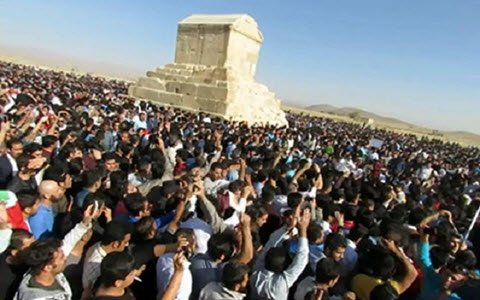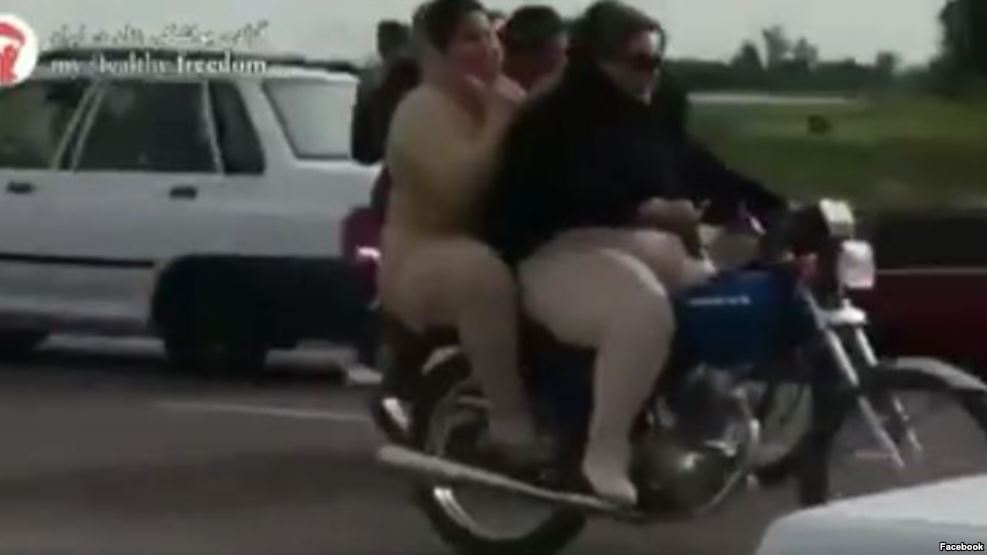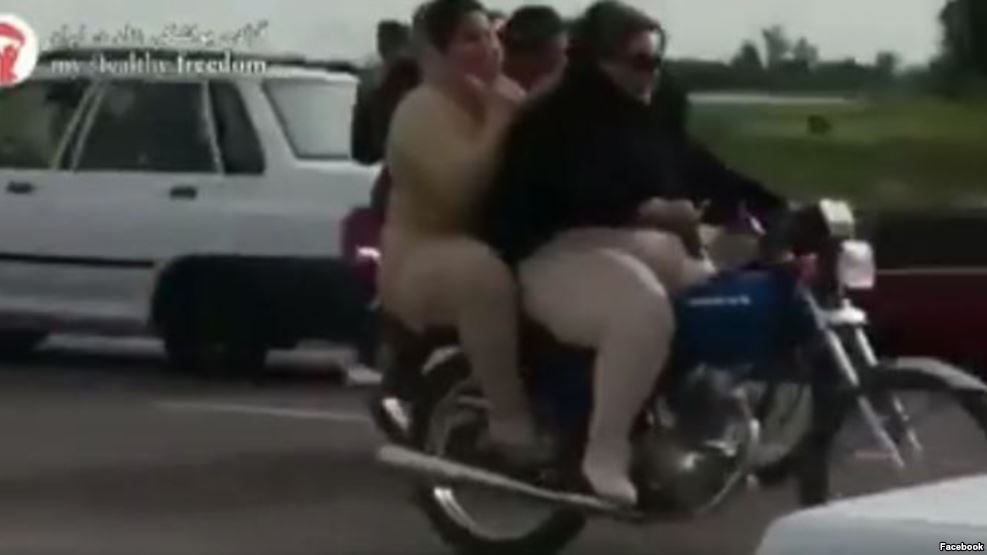Following the December 2017/January 2018 uprising in Iran, the issue of another nationwide protest being in the making has been a constant talking point of senior Iranian officials. Faces from across the regime spectrum have been warning and calling for preparatory measures for some time. And yet the November uprising caught their entire apparatus off guard, signaling the Iranian people’s desire to overthrow the mullahs.
Iranian Supreme Leader Ali Khamenei himself had time and again warned about a new uprising in 2019, describing the new “sedition” as far more significant. The plot aiming to overthrow the mullahs’ regime in the 2019 uprising was very deep, broad and dangerous in comparison to the Dec 2017/Jan 2018 episode, according to Khamenei.
He was right. The people of Iran, fed up with the mullahs, took to the streets following the November 15 gasoline price hike, challenging the mullahs’ rule in a new round of nationwide protests rocking the very pillars of Khamenei’s regime.
The November uprising reflected the Iranian people’s utter hatred of the mullahs’ rule, using the opportunity to voice their wrath, targeting Khamenei, Iranian President Hassan Rouhani, the Revolutionary Guards (IRGC), the mullahs’ foreign policy and the very foundations that has made life a living hell for tens of millions of Iranians for 40 years and counting.
The November uprising came to life despite the fact that Khamenei had been warning of an outburst in 2019 and the Rouhani cabinet had been paving the path for the gasoline price hike for months. A number of state media outlets were announcing – and thus denying – plans for the price increase a number of times to test public opinion/outrage, and to downgrade the shock imposed on the society through this plan.
Uprising overcomes massive preparations
Following the warnings issued by Khamenei himself and various analyses carried out by the regime’s security apparatus weighing public response, the entire domestic crackdown machine was on high alert prior to the official gasoline price hike announcement. According to senior national security officials, the IRGC, state police, Basij, the intelligence apparatus and other security institutions all believed they could control the population’s outburst.
“It has been two years that we have been discussing the issue of increasing the price of gasoline. We had four scenarios. Several working groups were launched, one being the security-police working group established in the Supreme National Security Council. Another working group was the psychological operations and response committee,” said Iranian Interior Minister Abdolreza Rahmani Fazli in a state TV interview on November 26.
“All discussions and analysis were carried out under the supervision of the Intelligence Ministry, considering their experience in overt and covert monitoring. Officials from the IRGC, police and the judiciary were also present… the police across the country were on high alert, and specifically protecting gas stations due to security reasons… the country’s circumstances and the people’s economic conditions were analyzed… stock market officials were missioned to control the entire market. The Ministry of Industries, Mines and Trade was ordered to control the prices of goods and services, and especially prevent price increases. The Central Bank was ordered to monitor currency and gold prices,” he added. These remarks by the Interior Minister sheds light on the regime’s grave concerns regarding the overall crisis engulfing their entire apparatus.
Despite all this readiness and the fact that there was no element of surprise for the regime, the Iranian people still delivered a striking blow to the mullahs, with protests reported in 189 cities, dozens of military/security bases attacked, and hundreds of banks torched. The Iranian people consider these banks as symbols of a regime that is constantly plundering their money and resulting in over 80 percent of the population living in utter poverty.
Scale of regime’s violence reflects vulnerability
Khamenei and his regime completely miscalculated the powder keg potential of the Iranian society and the Iranian people’s will to pay the ultimate price on their quest to topple the mullahs. The November uprising literally left the security forces helpless, leaving Khamenei with no choice but ordering a full and complete crackdown by his forces opening direct fire on unarmed protesters.
IRGC chief Hossein Salami compared the uprising scope to the Second World War. “We are engaged in a major global war. This war has begun in our streets,” he said on November 25. It’s quite interesting that his remarks indicate the regime is involved in an ongoing war and does not consider this a matter of the past.
IRGC deputy chief Ali Fadavi also voiced concerns on this dire subject. “During these few days we witnessed a major conspiracy. We are informed about the various aspects of this plot. Not through analysis or news reports. We have precise intelligence that a major conspiracy was in the making,” he said on the same day.
Fadavi’s boasting aside, his remarks do indicate how senior Iranian officials are concerned over the very survival of their regime. The mullahs’ political, economic and social crises are only escalating. With at least 1,029 protesters killed, over 4,000 injured and at least 12,000 behind bars, public rage can be described as a fire burning in the ashes, with enormous potential to flare once again very soon.
The uprising of the impoverished
The first uprising shook the regime in 1999, 20 years after the 1979 revolution. Ten years later, millions took to the streets again in 2009. Eight years later, the Iranian lower class, supposedly being the regime’s base, rushed to the streets and shook the mullahs’ very pillars. Less than two years later, we have witnessed the November uprising with unprecedented proportions, once again by the impoverished. Senior regime officials sounding alarm bells across the board about the nature of the latest protesters, with people rushing to the streets who literally have nothing to lose.
Rest assured the “world war” mentioned by the IRGC chief is not over and Iran will witness an uprising soon. This time, bringing an end to the mullahs’ regime.






























